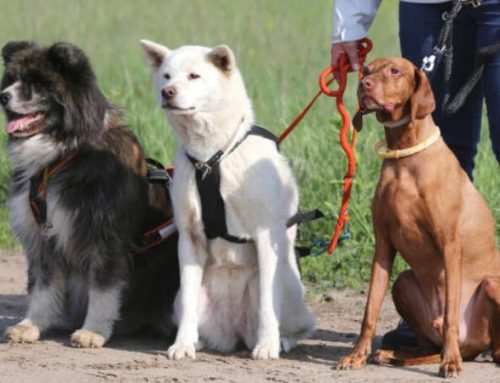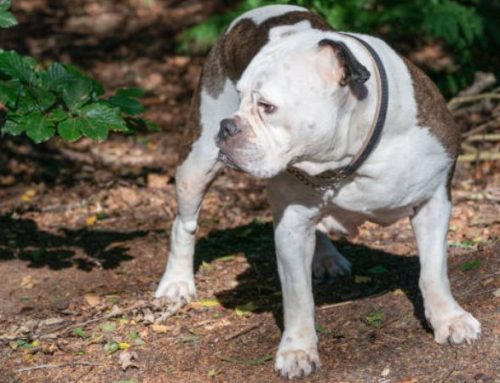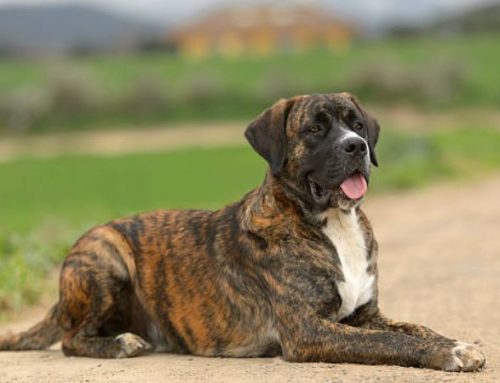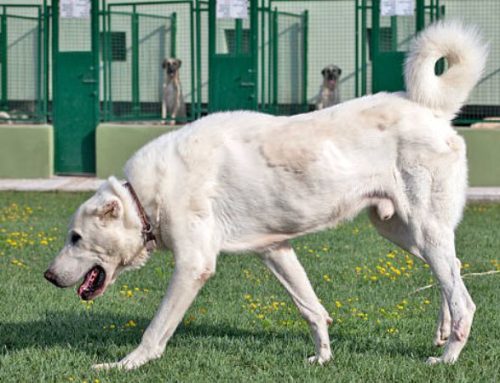Welcoming a new puppy into your home is pure joy, but it also comes with an important responsibility—showing them where and when to go potty. Getting this right from the start not only keeps your home fresh and clean, but also builds the foundation for lifelong good habits.
In this guide, Nexus-Pets will share a clear, step-by-step approach to help you successfully toilet train your puppy in just 7 days.
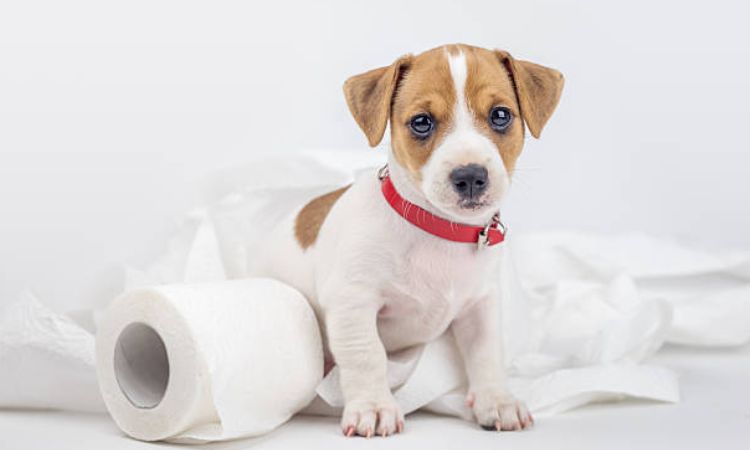
Preparation Before You Start
Before diving into potty training, a little preparation will make the process smoother and less stressful for both you and your puppy.
- Gather your essentials
- Puppy pads for indoor use
- Tasty treats to reward good behavior
- Pet-safe cleaning supplies for quick accident cleanups
- Choose a designated potty area
- A quiet corner of your backyard
- A balcony with pee pads
- An indoor space set aside specifically for potty breaks
- Understand your puppy’s instincts
- Watch for sniffing, pacing, or circling
- Recognize the signs that they’re about to go
- Remember: young puppies have smaller bladders and need more frequent trips
With these preparations in place, you’ll give your puppy a clear routine and the best start to successful potty training.
Step-by-Step 7-Day Toilet Training Plan
Day 1: Introducing the Designated Spot
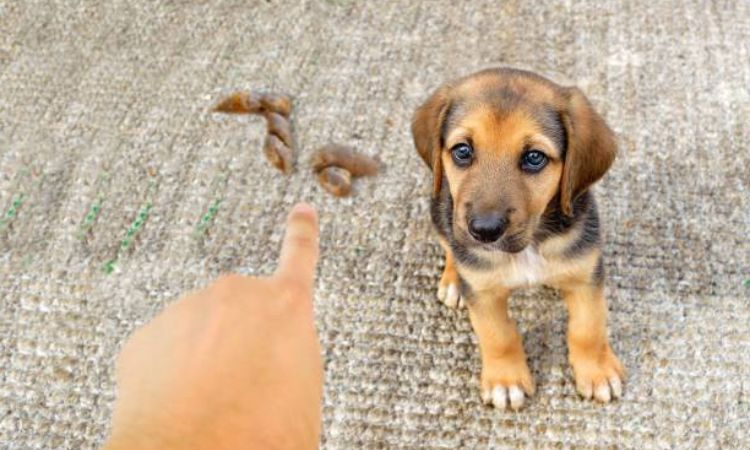
Begin by showing your puppy their potty area, whether it’s in the backyard, on a balcony with pee pads, or a specially chosen indoor spot. Take them there every 1–2 hours, as well as right after meals, naps, and playtime. Keep the sessions calm and focused so your puppy starts associating this location with bathroom breaks.
Day 2–3: Reinforcing the Routine
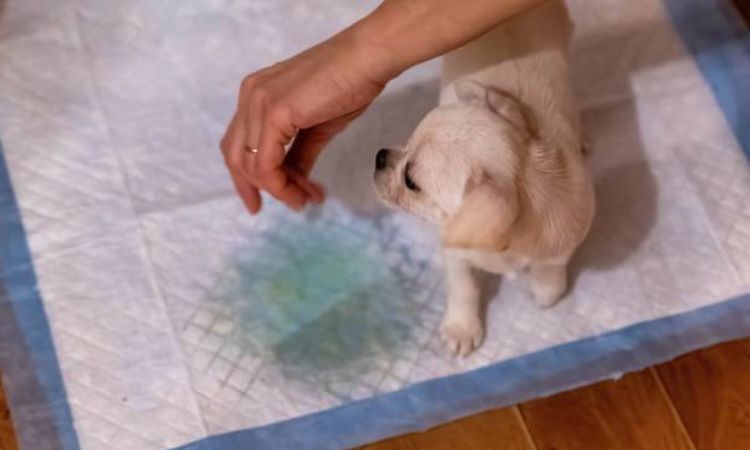
Consistency is key at this stage. Continue taking your puppy to the same spot on a regular schedule and reward them immediately with treats and enthusiastic praise when they go in the right place. Positive reinforcement strengthens the connection between the desired behavior and the reward, making it more likely they’ll repeat it.
Day 4–5: Recognizing the Signs
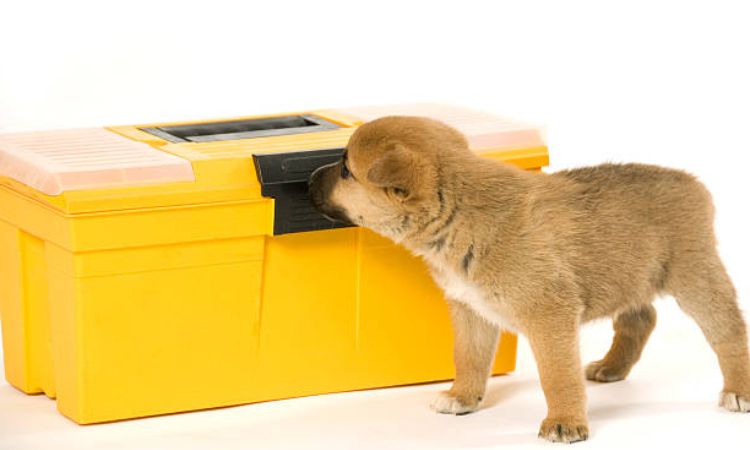
Pay close attention to your puppy’s body language—circling, sniffing, whining, or suddenly becoming restless may signal they need to relieve themselves. Adjust mealtimes and slightly limit late-night food and water to help create a predictable schedule. Maintaining close supervision during this period will prevent accidents and reinforce good habits.
Day 6–7: Extending the Intervals
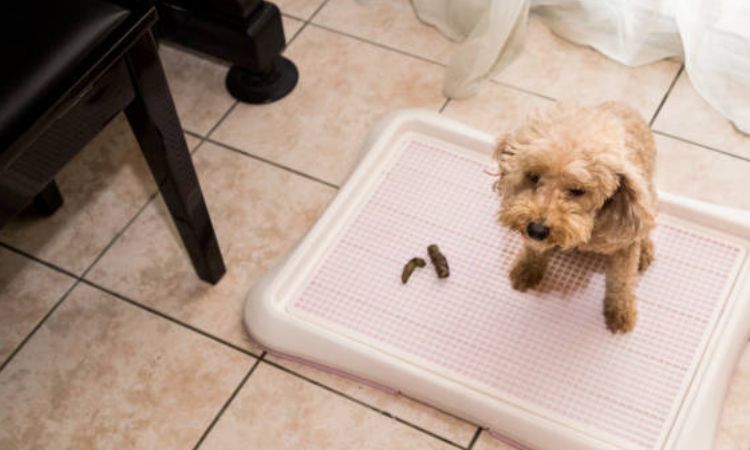
As your puppy gains better bladder control, slowly increase the time between bathroom breaks. Continue rewarding successful trips to the potty spot, but now focus on building their ability to “hold it” a little longer. By the end of the week, you should notice fewer accidents and more consistent bathroom habits, setting the foundation for long-term success.
Key Tips to Boost Success
Take your puppy outside often, especially during key moments like after meals, naps, or energetic play sessions. These are the times when they’re most likely to need a bathroom break, so anticipating their needs helps prevent accidents.
Always use positive reinforcement to encourage the right behavior. The moment your puppy successfully uses the designated potty spot, reward them with a small treat, gentle praise, and an upbeat tone of voice. This instant feedback makes the connection between the action and the reward clear.
Avoid scolding or punishing your puppy for mistakes, as this can create fear or confusion. Instead, clean up accidents immediately using an enzymatic cleaner to remove any lingering scent that might encourage a repeat in the same spot.
When you can’t actively supervise, use crate training or a puppy pen to limit their roaming space. This helps prevent unsupervised accidents and teaches them to hold their bladder until it’s time for the next scheduled potty break.
While seven days might seem like a tight deadline, remember that every puppy is an individual. The key to this process is consistency and patience, not perfection. By following this schedule diligently, you’re laying a solid foundation for your puppy’s potty habits. Don’t be discouraged by setbacks; they are a normal part of the learning process.


